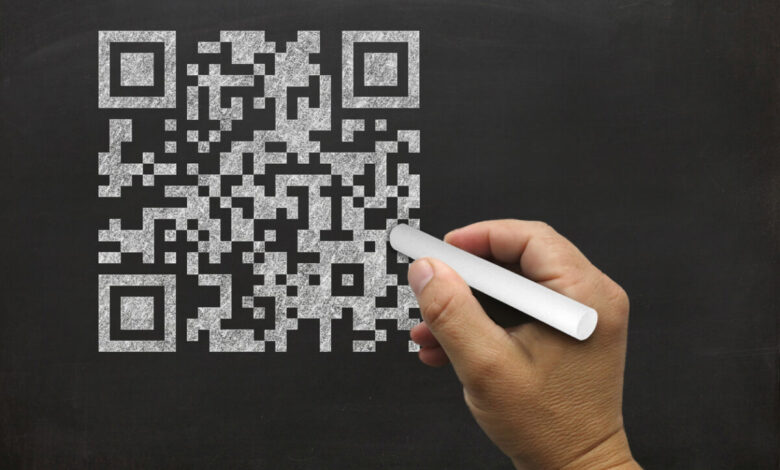QR Codes: The ‘Driving Force’ Behind Faster Payments Adoption

A recent report highlights the pivotal role QR codes play in accelerating faster payments adoption, emphasising a unified standard, versatile functionality and stringent security.
The FPC QR Code Interface Work Group, part of the US Faster Payments Council (FPC), authored the ‘How QR Codes Address ‘the Last Mile’ Adoption of Faster Payments at the Point-of-Sale’ report.
The analysis delves into five critical factors such as oversight, supported payment schemes, functionality, usability and security. The report suggests hat a single QR code standard with robust oversight is vital for promoting interoperability and consumer confidence, allowing QR codes to function across different payment networks and devices.
It also stresses the importance of QR codes supporting various payment schemes, including open-loop and closed-loop systems, to offer consumers greater choice and flexibility. Additionally, the report highlights the necessity for QR codes to serve a range of use cases beyond retail purchases, such as bill payments and person-to-person transfers, to enhance their versatility and appeal.
Usability is also identified as a critical factor, with QR codes needing to be easy to use for both consumers and merchants, considering aspects like size, placement, and the scanning process. Finally, the report underscores the need for stringent security measures to protect QR code payments from fraud and other risks, including robust encryption, authentication methods, and oversight.
“What struck me about our work is that while we started with a relatively narrow question, we found that answering it meant we needed to explore several domains,” said Scott Green, manager, product innovation at SHAZAM and FPC QR Code Interface Work Group chair. “During the process, we benefited from the diverse backgrounds of our work group team members, who came from many different perspectives, roles, and regions.
“While we identified challenges for the US to achieve widespread adoption of QR code for payments, we were able to frame questions around them that will influence our continued work.”
Commitment to adoption
“QR codes represent a vital tool in bridging the gap to faster payments adoption at the point-of-sale,” said FPC executive director Reed Luhtanen. “This new report underscores the importance of collaboration and standardisation in advancing payment innovation, and provides essential guidance for all participants in the payments ecosystem.”
The FPC maintains its dedication to advancing QR code adoption, tackling obstacles such as fragmented payment landscapes and the lack of a unified QR code standard. In the future, both the FPC and its members plan to engage industry stakeholders and formulate strategies aimed at expediting QR code-based payment solutions.



